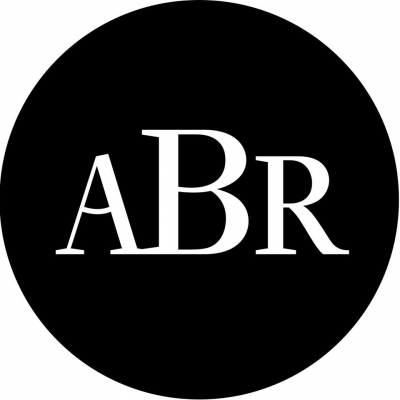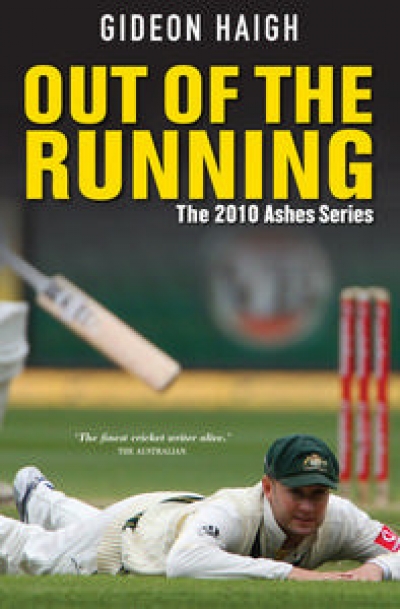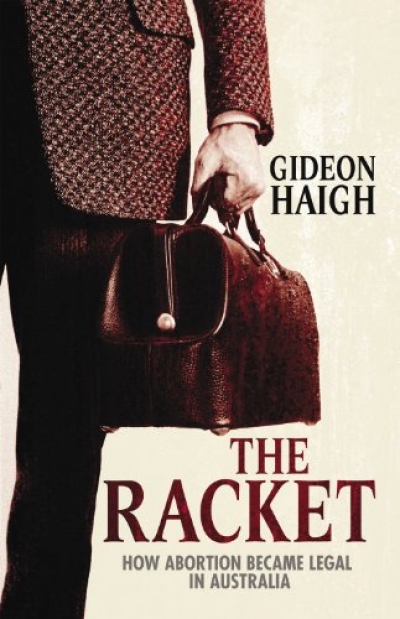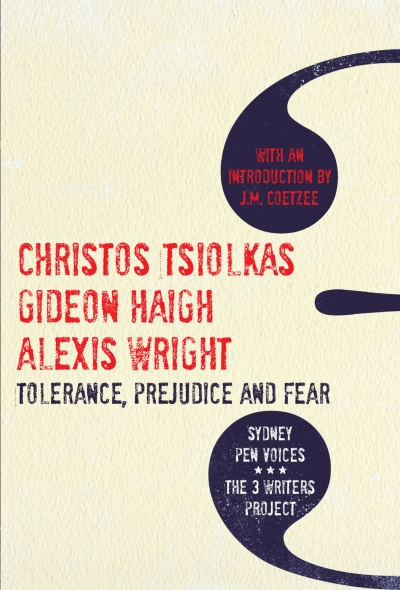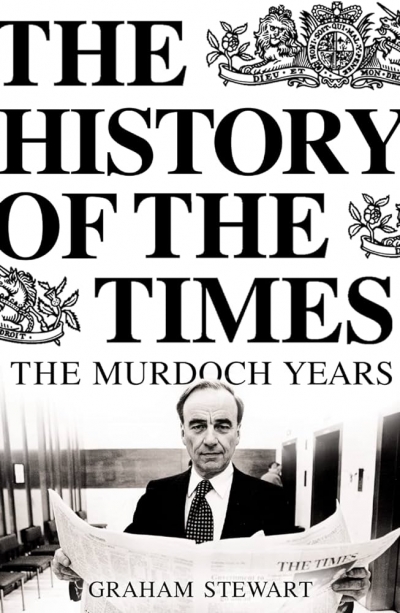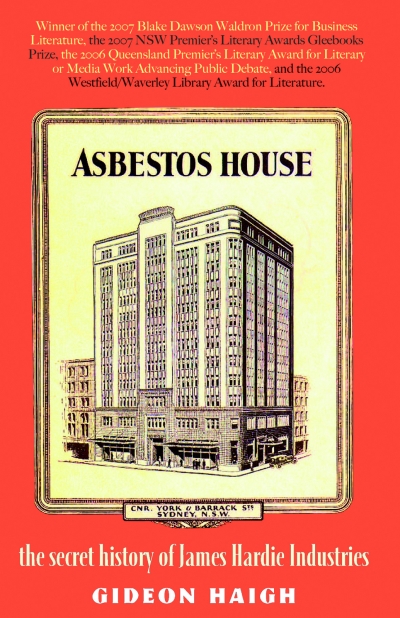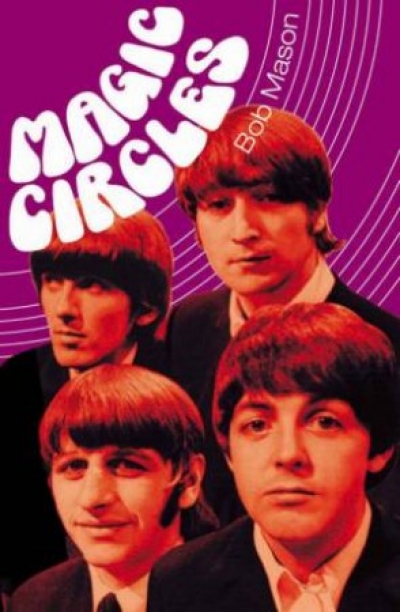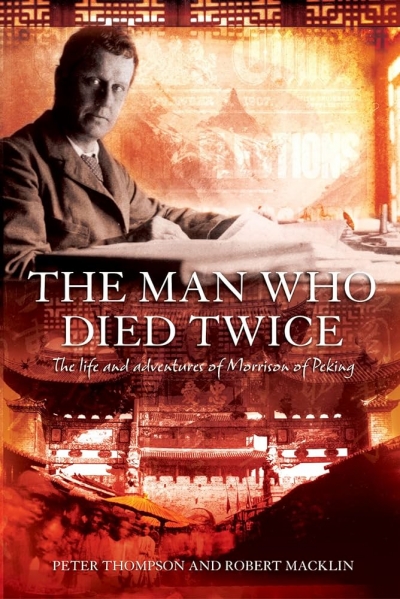Gideon Haigh
The Wheeler Centre recently hosted ‘four provocative nights’ based on the assertion that Australian criticism of film, theatre, books and the visual arts is, in its own words, ‘failing us all’. The series was entitled ‘Critical Failure’. For ABR readers unable to attend, here is one person’s account of the books-related panel.
... (read more)Out of the Running: The 2010–11 Ashes series by Gideon Haigh
by Bernard Whimpress •
The Racket: How abortion became legal in Australia by Gideon Haigh
by Lisa Featherstone •
Tolerance, Prejudice and Fear by Christos Tsiolkas, Gideon Haigh and Alexis Wright
by Jay Daniel Thompson •
The History of The Times: Volume vii: the Murdoch years by Graham Stewart
by Gideon Haigh •
Asbestos House: The secret history of James Hardie Industries by Gideon Haigh
by Peter McLennan •
To celebrate the best books of 2004 Australian Book Review invited contributors to nominate their favourite titles. Contributors included Dennis Altman, Brenda Niall, Kerryn Goldsworthy, Morag Fraser and Chris Wallace-Crabbe.
... (read more)The Man Who Died Twice: The life and adventures of Morrison of Peking by Peter Thompson and Robert Macklin
by Gideon Haigh •

